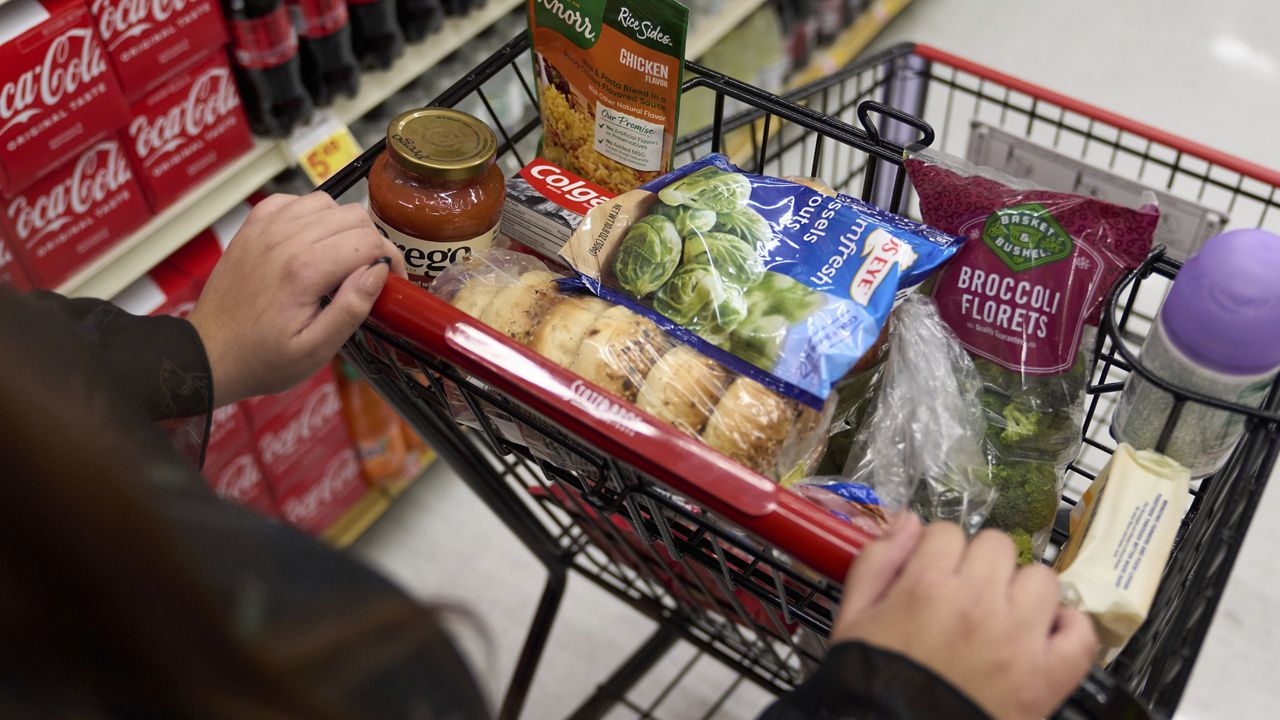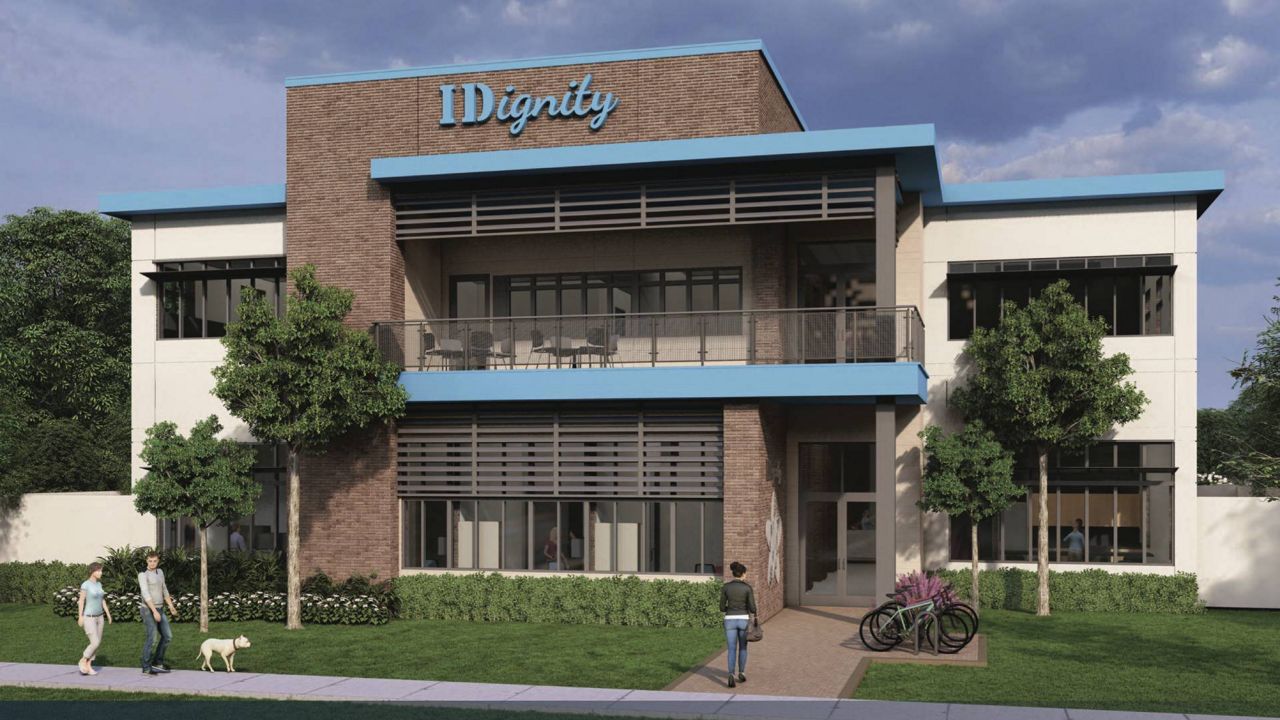ORLANDO, Fla. — New data from the Ninth Judicial Circuit’s Medical Examiner’s Office shows a 37.1% decrease in opioid overdose deaths from 2023 to 2024.
It's data that matches a trend that the examiner’s office states is happening across the country, which is currently at an about 26% decrease.
What You Need To Know
- New data from the Ninth Judicial Circuit’s Medical Examiner’s Office shows a 37.1% decrease in opioid overdose deaths from 2023 to 2024
- The county, along with its partners Project Opioid and Legacy Hearts, have focused on helping a demographic that has gone untouched, like folks going in and out of jail for drug possession charges that may want help
- Medication Assisted Treatment or MAT has also contributed to the decrease and uses drugs like buprenorphine and naltrexone to help curb symptoms of withdrawal
- The Orange County Office for a Drug-Free Community states the availability of Naloxone and Narcan have also contributed to the decrease
The Orange County Office for a Drug-Free Community states one of the reasons is a more focused effort to help those who have been previously underserved, and the other is the wider availability of drugs like Naloxone or Narcan.
According to that data released Monday, opioid-related deaths in Orange County dropped below 300 for the first time in five years.
In fact, from 2023 to 2024, those deaths dropped from 364 to 229.
“So, when we looked at data, we saw that there was a segment of the population that maybe didn't have access to transportation, didn't have access to health care," shared Orange County Office for a Drug-Free Community Manager Dr. Thomas Hill. "They were overrepresented the number of people who were dying of overdoses.”
Hall says the county, along with its partners Project Opioid and Legacy Hearts, have focused on helping a demographic that has gone untouched, like folks going in and out of jail for drug possession charges that may want help.
“When they showed a commitment to do that work and you know they started medication assistant treatment within the jail clinic," Hall said. "When they were released from jail, we had them connected with an Advent Health Social Worker.”
Medication Assisted Treatment (MAT) uses drugs like buprenorphine and naltrexone to help curb symptoms of withdrawal.
“Used properly you don’t get high, they block the receptors from those opioids and then they allow your brain and body to heal and you can have a normal life," United Global Reach CEO Tim McKinney said.
But another key factor leading to the 37.1% decrease is the availability of life saving drugs like naloxone or Narcan.
“You just push this up your nose and you squirt," McKinney shared. "And you keep squirting until they come back to life.”
McKinney works with those experiencing homelessness and operates a brand new MAT clinic in Bithlo, and it's the first of its kind in East Orange County.
He says the state’s investment in drugs like naloxone has truly saved lives.
“It has allowed us to keep people alive, sometimes having to bring people back more than one time unfortunately," McKinney said. "But really keeping them alive so that we can put together a system of care that is going to allow them to actually live.”
McKinney says he often passes out boxes of Narcan or naloxone because he says you don’t have to know a drug addict or be a drug addict to have the product, because you never know where you’ll be when someone may need your help.













